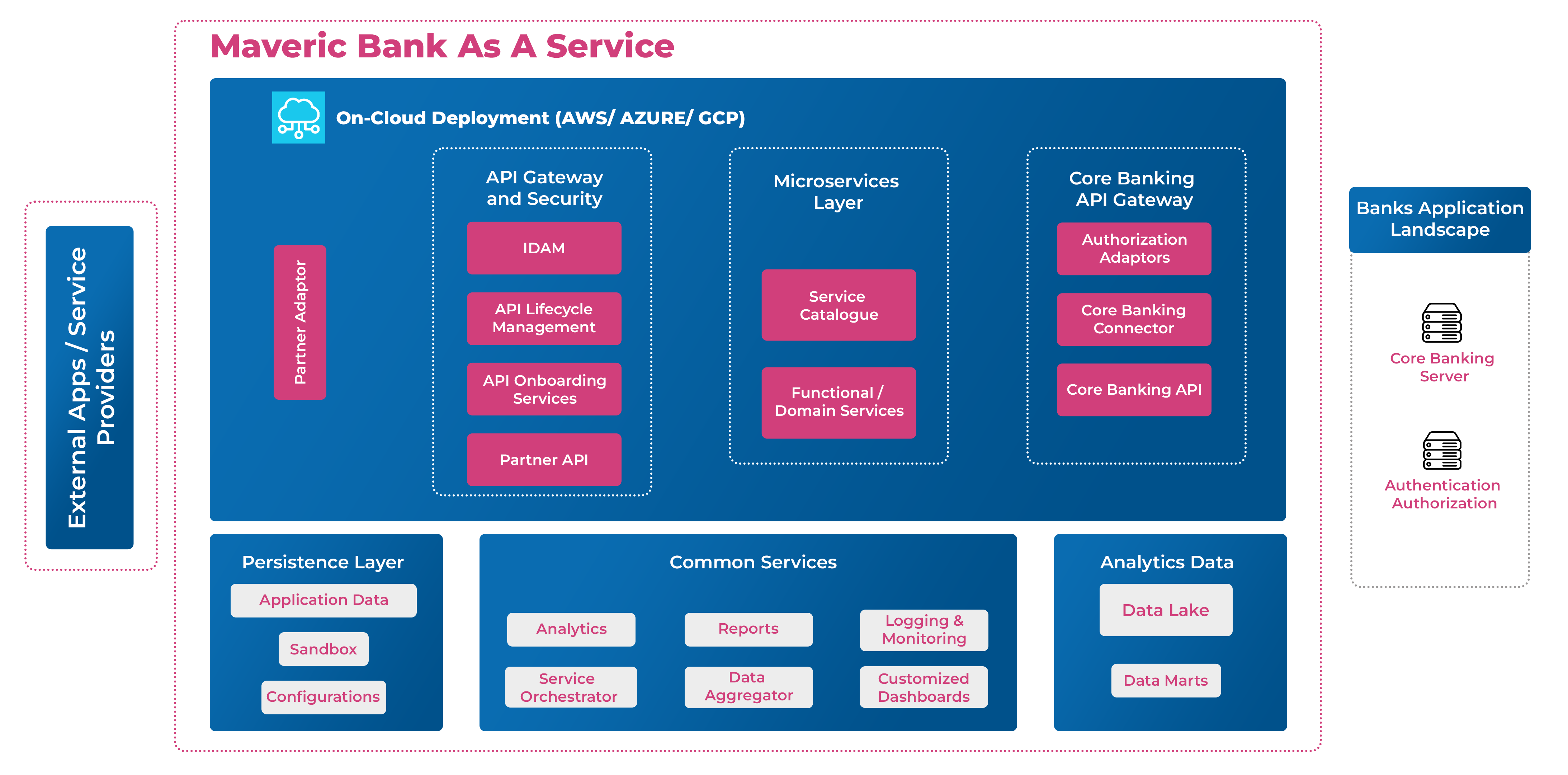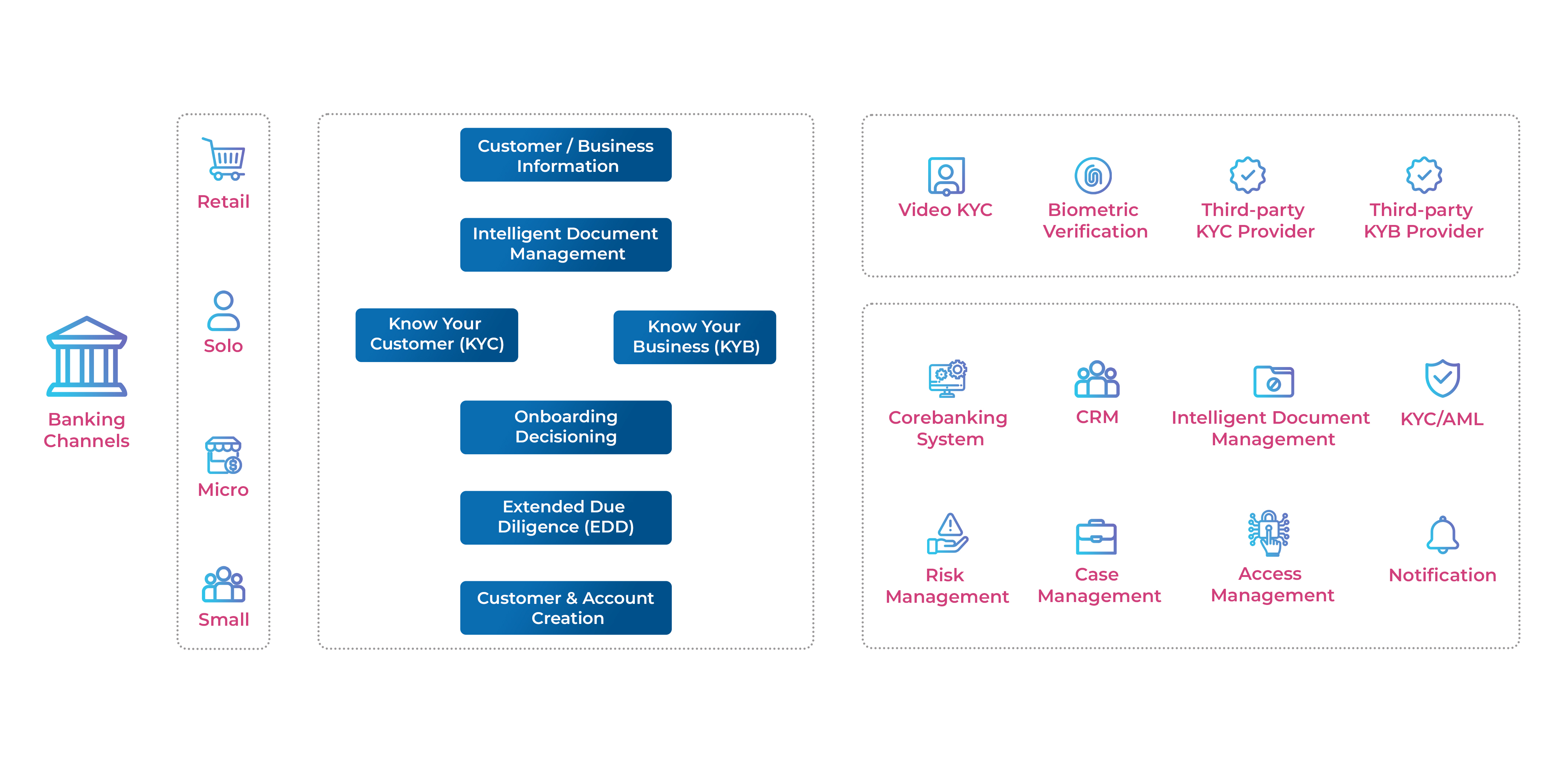Getting big impact from big data needs radical customization, continual experimentation, and new-age business models. In a world where data is widely available, what brings the edge? Going a step further, with widespread real-time personalization now a real possibility – how do companies see the same data differently to unearth new value?
Planning for Big Data – Today’s need
Answering these questions starts by parsing the three elements of a ‘Big Data Plan’: Data, analytic models, and tools. Along with the data scientists, these three things point to where the most significant returns are to be found, where the crucial decision-points and trade-offs are, and most importantly, the vital conversations that data leaders – CIO, CXO, CDO, and the like – must continually have.
It is essential to discuss the first component – Data (unstructured or structured) – assembling and integrating it. After all, critical information could lie anywhere – buried deep inside a company’s horizontal or vertical silos or be outside in social-network conversations. Creating ‘meaning’ out of this information for long-term gains requires significant investments. Either investing in new data capabilities or a massive reorganization of data architectures or sifting through tangled repositories and implementing data-governance standards that maintain accuracy. But everything begins with ‘storage.’
The Two Defined.
Data Lake and Data warehouse both store Big data. Before we get into the ‘what’s better’ debate, let’s go by their definitions.
A Data Lake pools data (current and historical) from one or more systems in its raw form, allowing analysts and data scientists to analyze the data quickly. A Data Warehouse, by contrast, does the same thing, except it stores current or historical data in a pre-defined and fixed schema.
Both – Data Lake and Data Warehouses – are used for analytical purposes and depend on ETL frequency for their data freshness.
The Two Characteristics.
A Data Lake stores relational data from LOB applications and non-relational data from mobile apps, IoT devices, and social media. As the data structure (or schema) is undefined when captured, the user can store without careful design or the need-to-know what questions will need future answers. The Data Lakes use cases include analytics like SQL queries, big data analytics, full-text search, real-time analytics, and machine learning.
A Data Warehouse analyzes relational data coming from transactional systems and line of business applications. The structure and schema are pre-defined to optimize for fast SQL queries, and the results are typically used for operational reporting and analysis. Moreover, as it is cleaned, enriched, and transformed, data from a warehouse often acts as the “single source of truth.”
Different Approaches.
Today more organizations with data warehouses are spotting value in data lakes and are expanding their warehouse to include data lakes. This is helping them unlock diverse query capabilities and new use cases and discover new information models.
Significant differences
While the primary difference is about the schema (Data Lake is schema-on-read and Data Warehouse is schema-on-write), there are more distinctions.
Data warehouse returns faster query results but has a higher cost/storage ratio. In Data lakes, the query results are getting faster by the day, given the dropping cost of data storage.
Furthermore, Data lake is usable for most data scientists and developers; Data Warehouse finds higher preference with business analysts.
Lastly, the key difference from a use-case point of view is that Data Lakes are conducive for Machine learning algorithms, predictive analytics, data discovery, and profiling, whereas Data Warehouse is used more for batch reporting, BI and visualizations.
Conclusion
Building a customized data system that pieces a company’s unique big picture is essential in the age of big data. With hyper-competition and growing consumer awareness, companies face never-before churn levels. Looking at the data with a segmented eye is not adequate for customer retention or improving loyalty. Bringing operational, survey, and social feed data together by creating a single source of truth can be a game-changer.
Storing, cleaning, analyzing, and sharing data and supporting the AI and ML processes that feed on this data offer long-term growth.











